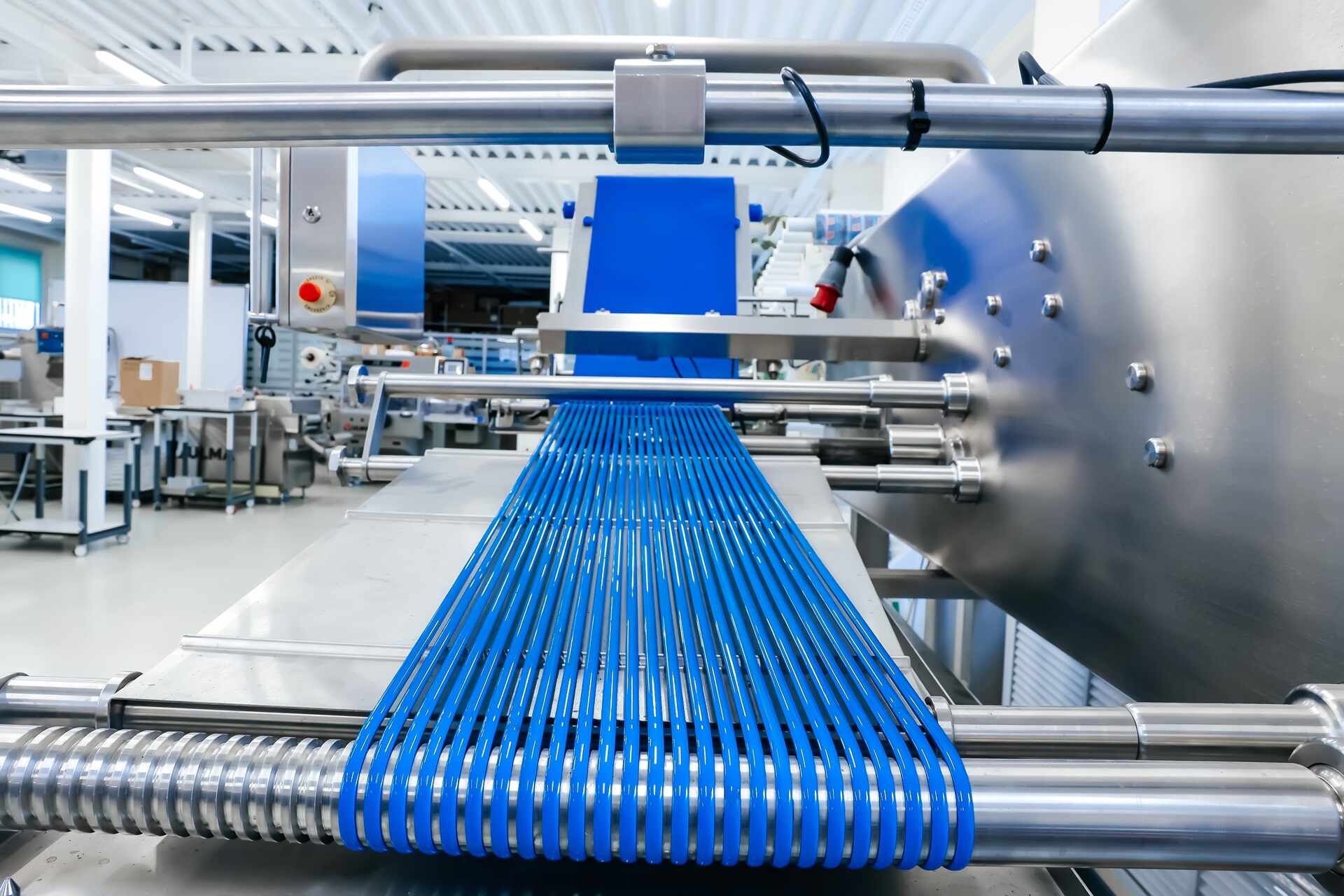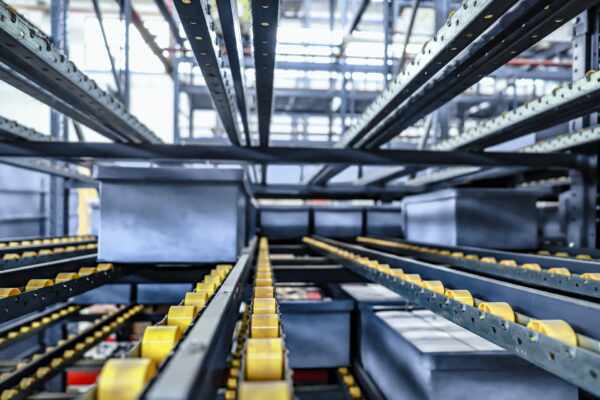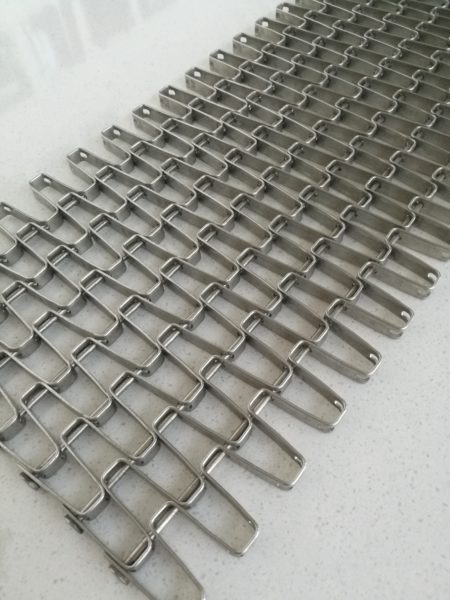As we forge ahead into 2024, the world of conveyor belts continues to witness rapid advancements in technology, materials, and applications. These innovations are reshaping the way manufacturing operations are carried out across various industries, ultimately enhancing efficiency, productivity, and sustainability. Keeping abreast of these trends is essential not only for maintaining a competitive edge for your business but also for harnessing the full potential of conveyor belt systems and ensuring optimal performance.
One of the most notable advancements in conveyor belt technology is the increasing adoption of Industry 4.0 principles. These principles have led to the integration of conveyor systems with innovative technologies such as robotics, artificial intelligence (AI), and the Internet of Things (IoT). These cutting-edge solutions enable seamless communication and interconnectivity between conveyor systems and other aspects of manufacturing operations, resulting in streamlined processes, real-time data analysis, and predictive maintenance capabilities.
Another emerging trend is the growing focus on eco-friendly materials and practices in conveyor belt manufacturing. As sustainability becomes a pressing concern across industries, manufacturers are exploring innovative materials and production methods that minimise environmental impact while maintaining durability and efficiency. Some examples of these green initiatives include the use of recyclable or biodegradable materials, energy-efficient manufacturing processes, and designs that optimise the lifespan and performance of conveyor belts.
The applications of conveyor belts are expanding across various industries as businesses recognise their potential to enhance efficiency, productivity, and safety. While traditionally associated with sectors such as food processing, mining, and automotive manufacturing, conveyor belts are finding their way into an increasingly diverse array of applications, ranging from e-commerce fulfilment centres to agriculture and pharmaceutical production.
Join us as we delve deeper into the top conveyor belt trends of 2024, explore the intricate details and unique advantages of these innovations, and gain insights into how your business can leverage these trends to maximise the efficiency and performance of your manufacturing operations. With our expert guidance and industry experience, we can help you stay ahead of the curve and capitalise on the advancements shaping the future of conveyor belt systems and manufacturing operations worldwide.
1. Embracing Industry 4.0 Technologies in Conveyor Systems
Industry 4.0 technologies are revolutionising manufacturing operations, and conveyor belt systems are no exception. Integrating advanced technologies into conveyor systems can improve efficiency, reduce downtime, and increase safety, among other benefits. Some key Industry 4.0 technologies making waves in conveyor belt systems include the following:
- Robotics: Robotic integration with conveyor belts enables an increased level of automation, enhancing productivity and optimising labour deployment.
- Artificial Intelligence (AI): AI-driven conveyor systems can analyse large volumes of data to identify patterns and trends, helping to optimise operational efficiency and minimise downtime.
- Internet of Things (IoT): IoT connectivity between conveyor systems and other manufacturing components facilitates seamless information exchange and improved real-time decision-making.
2. Eco-friendly Materials and Practices in Conveyor Belt Manufacturing
Sustainability is becoming increasingly vital across industries, and conveyor belt manufacturing is no exception. Manufacturers are developing innovative materials and incorporating eco-friendly practices to reduce the environmental impact of conveyor belts. Some key advancements in this area include the following:
- Recycled materials: Conveyor belts made from recycled materials, such as rubber or plastic, can help reduce waste and decrease the demand for virgin raw materials.
- Biodegradable options: The development of biodegradable conveyor belts, made from materials like plant-based fibres, can minimise environmental impact at the end of the belts’ life cycle.
- Energy-efficient designs: Conveyor belts designed for optimal energy efficiency can result in lower energy consumption and reduced greenhouse gas emissions.
3. Expanding Applications of Conveyor Belts Across Industries
Traditionally found in sectors such as food processing, mining, and automotive manufacturing, conveyor belt applications continue to expand into new and diverse industries. Recognising their potential to boost efficiency, productivity, and safety, businesses are finding innovative uses for conveyor belts in various sectors:
- E-commerce and logistics: With the continued growth of online shopping, conveyor belts play a vital role in the efficient processing, handling, and shipping of goods in e-commerce fulfilment centres and logistics operations.
- Agriculture: Conveyor belts are increasingly used for harvesting, grading, and packaging agricultural produce, streamlining processes and minimising labour requirements.
- Pharmaceutical manufacturing: The precision and hygiene requirements of pharmaceutical production have led to the implementation of conveyor belts to handle delicate products and maintain strict cleanliness standards.
4. Customisations and Innovations in Conveyor Belt Design
As the demand for conveyor belts continues to grow, manufacturers are constantly innovating and customising their designs to meet the unique requirements of different industries. Some groundbreaking innovations and customisations in conveyor belt design include the following:
- Modular plastic belting: Designed for easy cleaning and maintenance, modular plastic belts are gaining popularity in the food processing and pharmaceutical industries due to their hygienic and durable properties.
- Steel belts: In industries that involve high temperatures or heavy loads, steel belts provide a robust and heat-resistant solution, supporting smooth and efficient operations.
- Custom-built belts: For businesses with specific manufacturing requirements, custom-built conveyor belts can be designed and developed to cater to unique needs, ensuring optimal performance and compatibility with existing infrastructures.
Conclusion
As we progress through 2024, conveyor belt trends are continuing to evolve, bringing forth new innovations, materials, and applications that are revolutionising manufacturing operations across various industries. Staying ahead of these trends is crucial for businesses looking to optimise their processes and maintain a competitive edge in an increasingly interconnected and dynamic market. By embracing the innovations shaping the future of conveyor belts, companies can enhance efficiency, productivity, and sustainability while ensuring the peak performance of their manufacturing operations.
Change Parts Pty Ltd can help you navigate the latest trends, provide recommendations tailored to your specific industry, and offer professional support in planning, installing, and maintaining cutting-edge conveyor belt systems. With our wealth of knowledge and experience, we can help you stay ahead of the curve and drive your business forward in the ever-evolving world of conveyor belts. Reach out to us today to learn more about how we can support your manufacturing operations and help you harness the power of the latest conveyor belt trends.




